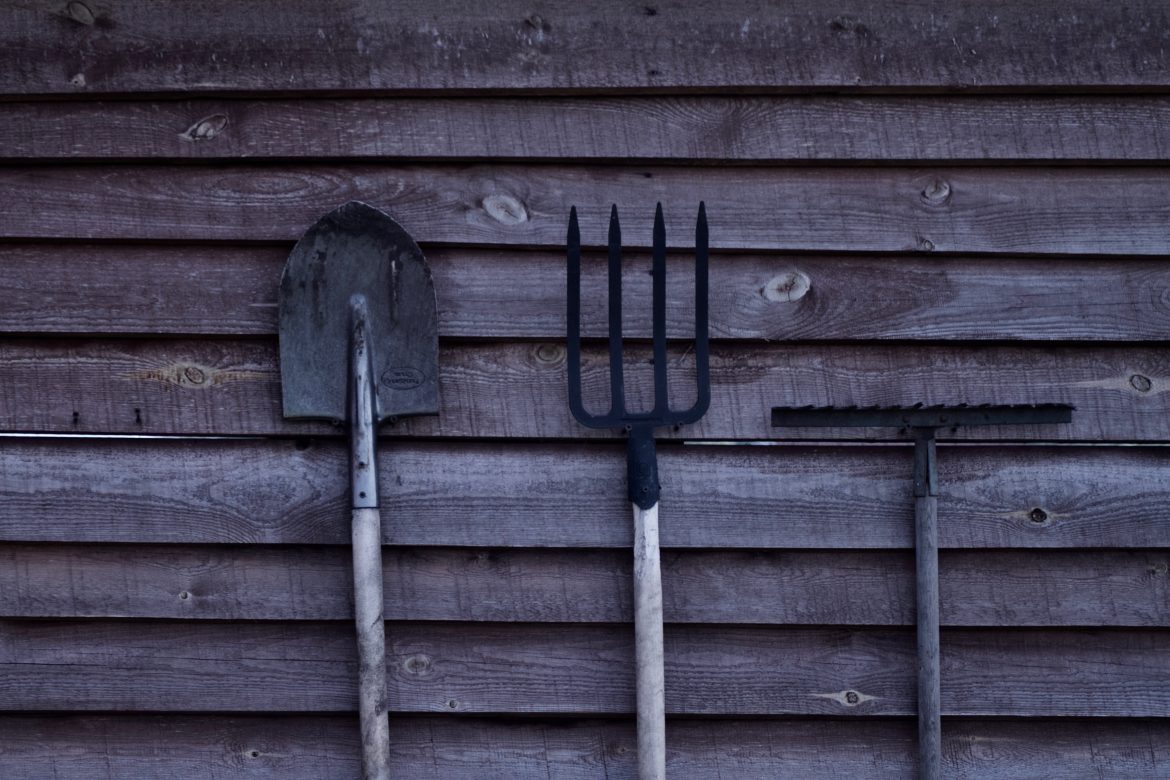Photo Credit: Nastya Kvokka, via Unsplash
Devarya Singhania, Contributor
The idea of nostalgia is one we can all, poetically, reminisce with. The fragments of memory, in which a certain event is recollected and reminds you of a similar piece of your history, are magnificent. It is so unique and authentic to you that nobody else can comprehend it in the same way. They cannot grasp it with the adoration you’ve sprinkled over it, so they often perceive it incompletely. Digging by Seamus Heaney reinvigorates the idea of nostalgia and compels every individual to interrogate their memories passionately in hopes of finding reconciliation with their past.
Heaney writes about the recurring activity of ‘digging’ as performed by his grandfather and his father when he grew up. Heany emphasizes that they had an intense passion for the activity. Calling them brutes, seeing how they could “handle a spade,” he contrasts his own image as a rather lanky person who could supposedly only carry a “squat pen.” I hope my next inference is true. It’s a pretty witty dig at himself as a writer and poet, perhaps because he feels like an outcast in a family of males who fit the stereotype of muscular and strong.
Heaney’s nostalgia wasn’t based on the prettiness of the activity, he makes that abundantly clear by writing barren images of the colour beige and brown. He remembers an activity inherited by his family, something he does to reconcile with his father in a manner. That’s immaculate.
To write about what is nostalgic is to comfort. I find myself continuously attempting to revive some memories from my childhood because it was a time with far fewer tears and way too many giggles; innocence. Even if it does not remain Heaney’s most famous poem later, it is a piece of literature which will etch itself in your thoughts until you yourself become nostalgic.




